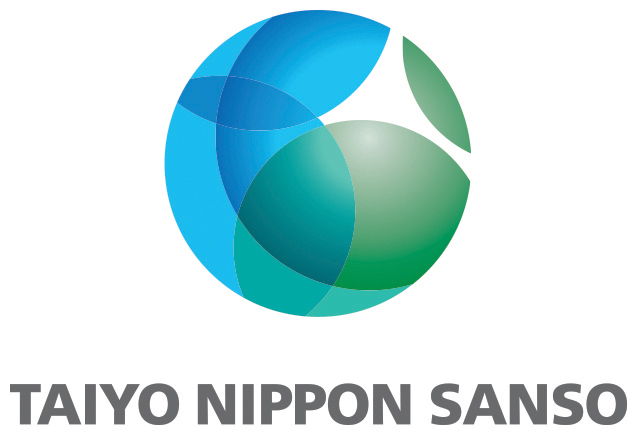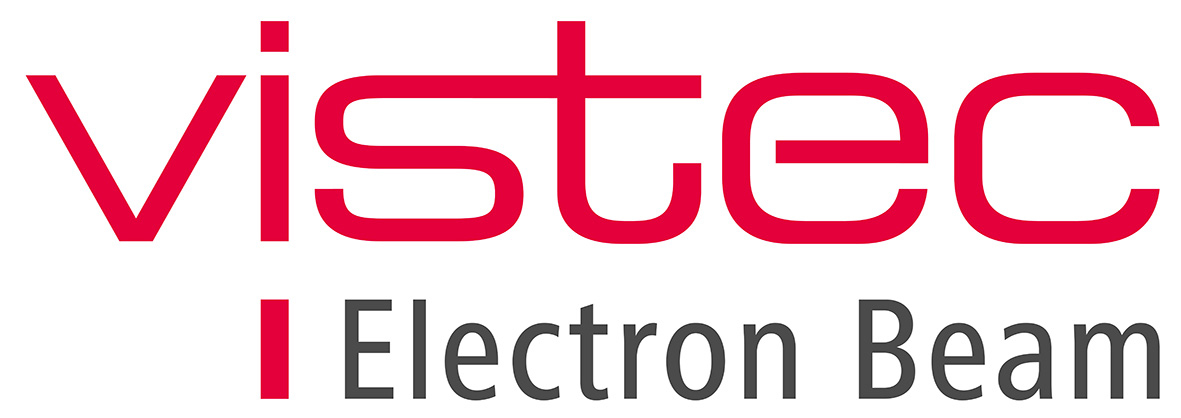Technical Insight
The Supply Chain 2: Metalorganic Sources
As source materials for MOCVD growth, metalorganic precursors support a very large portion of the compound semiconductor industry. But these materials are very difficult to manufacture in large quantities at the high purity levels required for epitaxial growth. As the industry matures, suppliers are moving towards larger production volumes and batch sizes along with higher levels of automation, resulting in higher quality and consistency and economies of scale. Although considerable improvements have been made, it seems there is still a way to go. "We believe that for the compound semiconductor industry to reach its full growth potential, it must be underpinned by a strong metalorganics supply base," says Akzo Nobel s Business Manager for high purity metalorganics, Barry Cottrell. "The industry will never break into areas such as LED-based lighting unless the entire supply chain improves. When we make projections about how many tons of metalorganics might be required, it is questionable whether the current methods of manufacturing are capable of supporting these volumes." Supply Capacity It appears that all the vendors are scaling up to produce larger batch sizes and increase capacity, or have already done so. "Currently, we are equipped to handle projected capacity requirements for the next 23 years," says Epichem s Ravi Kanjolia. "However, we are already looking at the demand for 2004 and beyond." Rohm & Haas and EMF have also expanded, while Akzo Nobel recently announced that it will invest heavily to enhance its production capabilities at its complex in Deer Park, Texas, providing sufficient capacity to satisfy projected requirements through 2006 [see page 24]. Source Purity Is there still a pressing need to improve the purity of metal-organic sources? For some materials and for certain devices, the answer is yes. But trying to directly link the quality of metal-organic sources to the performance of the final device is fraught with difficulties, partly due to the lack of accurate analytical techniques (see below) and also because there are so many variables in an MOCVD system. "If you improve one thing, it often reveals weaknesses in another," says Rodney Moss of Agilent s Fiber-Optic Components division. "Impurities can come from source gases (arsine and phosphine), metalorganics or carrier gases, or they can be related to the integrity of the growth system itself." In terms of source quality, Akzo Nobel believes that one of its key strengths is its ability to manufacture TMAlthe other suppliers buy and purify TMAl. "The easiest way to purify something is not to introduce any impurities in the first place," says Barry Cottrell. "Purification is expensive, and the limits of purification techniques are being reached." Consistency As the industry matures, it is coming to terms with one of the issuesthe lack of consistency between batches. "As we move towards a true production-oriented business, the main issue is consistency," agrees Mike Timmons of Rohm & Haas. "Metalorganic sources are not yet commodity itemsTMGa is the closest to being a commodity, while TMIn and TMAl are much more difficult to produce consistently well. The industry is still working with batch processes, so there is batch-to-batch variation, and also relatively low levels of automation: that s something we re working to improve right now." According to Ravi Kanjolia, Epichem is placing great emphasis on process control and consistency for production. "All our plants for the core products (TMGa, TMIn, TMAl, TEGa, DMZn, DEZn and Mg alkyls) are automated and run by PLC-based computer controls," he says. "The critical process parameters are all recorded throughout the manufacturing stages. When our material has been qualified for device production, we don t want to surprise the customer with either poor or better quality." Customers need to be informed of any changes to the manufacturing process, and the new source material goes to the customer s research group for qualification, rather than being used in production. Larger Batch Sizes "The keys to consistency are process automation and scale up to produce larger batch sizes; these are two reasons for our facility expansion," says Barry Cottrell. Akzo Nobel s approach will be to make large batches and reserve them for specific customers once the material has been qualified. Epichem is promoting a system that automatically refills bubblers from large batches of material stored at the customer site. The EpiFill system consists of a cabinet that stores two 20-kg batches of TMGa, which are connected to fixed bubblers on up to 8 different MOCVD systems. When one of the bubblers reaches a low level it is automatically refilled from the central supply. Epichem says this reduces the downtime necessary to evacuate, purge and change the bubbler, to leak test afterwards and to carry out qualification runs. Delivery Methods for Solid Sources Obtaining consistent delivery from solid sources, notably TMIn, has proved to be an ongoing problem, and several solutions have been suggested. Epichem has focused on solution sources, in which the material is suspended in a solvent that also acts as an oxygen getter. Rohm & Haas has introduced the Uni-Flo cylinder which contains a metal sintered filter rather than a conventional dip tube. "None of the proposed alternatives solve all the problems of solid source delivery," says Mike Timmons. "Each one has a range of parameters where it operates most efficiently." Characterization An ongoing problem in the metalorganics industry is the absence of reliable methods of analytical characterization. "It is not possible to compare material from different vendors based on a certificate of analysis," says Mike Timmons. "All vendors have different methods of preparing analytical samples. The ability to detect impurities is a function of how you prepare the sample and what equipment you use, and there s a great deal of intellectual property involved." Rohm & Haas has invested heavily in film growth qualification of sources, and provides electronic data from material grown using its sources, particularly TMIn. Other vendors, notably Mochem, also use this approach. Unfortunately, it is not possible to replicate the exact growth conditions and device structures used by each customer. So what is the usefulness of the film growth data? "It indicates potentialthat the potential performance of the source is sufficient that the customer may want to go ahead and qualify it for production," says Mike Timmons. The problem still remains that growers don t have a way to compare materials from different suppliers without carrying out their own growth testing. This means that customers are more likely to stick with their existing supplierat least until they get a bad batch of material. Other Issues As MOCVD systems become more and more commonplace, they are no longer necessarily operated by trained engineers. Metalorganics are highly dangerous chemicals, and safety is an issue. Another is priceto satisfy the demands of the compound semiconductor industry in the coming years, prices will have to fall as these products become closer to being commodity items. On the issue of price, it is worth pointing out that one of the starting materials for making TMGa is GaCl3, which is turn made from elemental gallium, the same material that is causing all sorts of problems in the GaAs substrate business . . .

































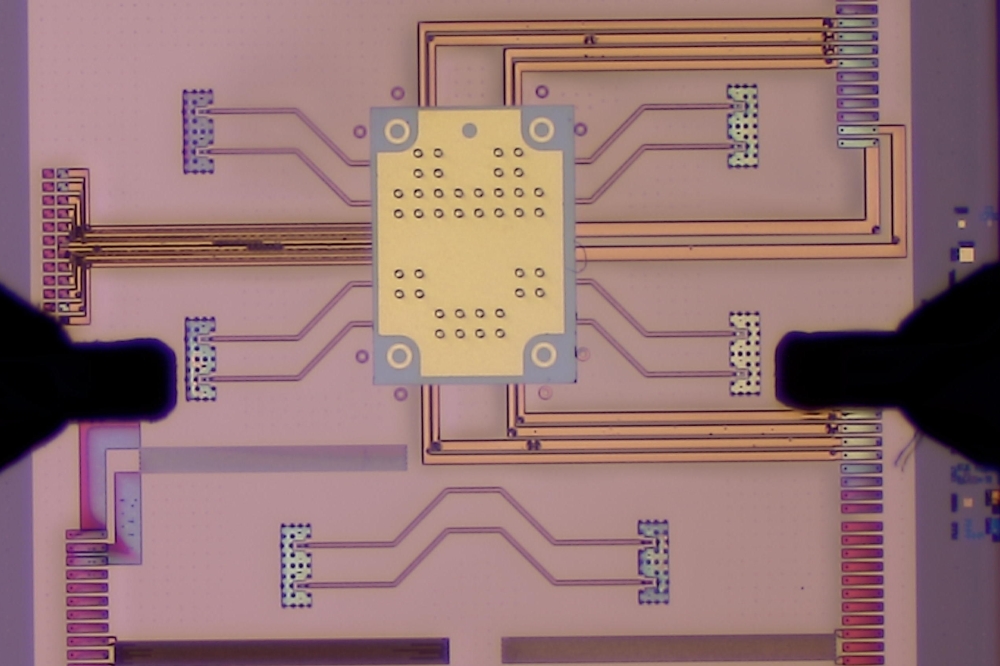
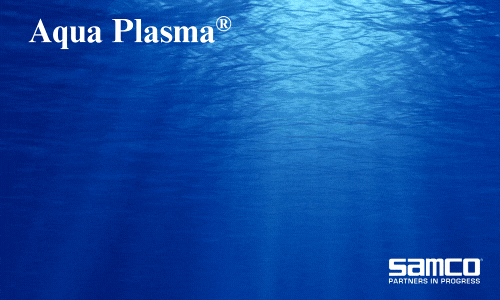
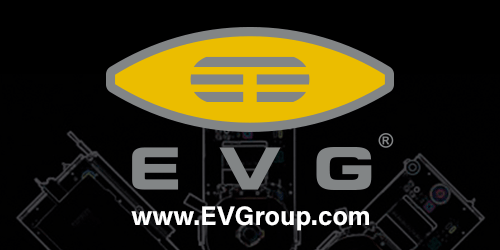
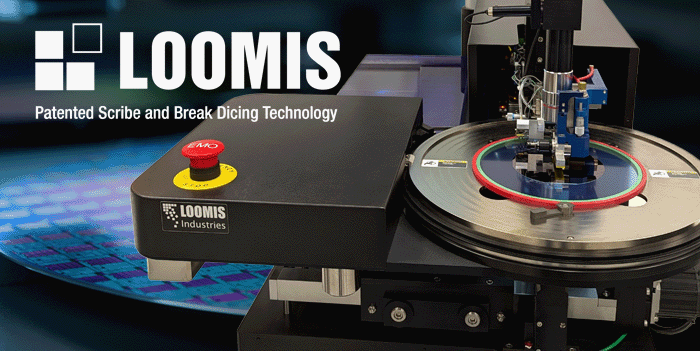


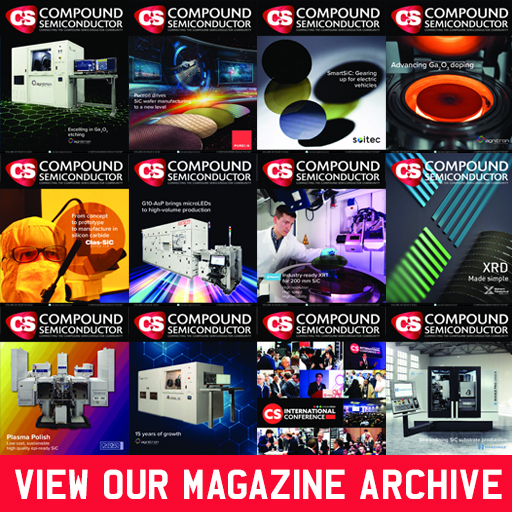















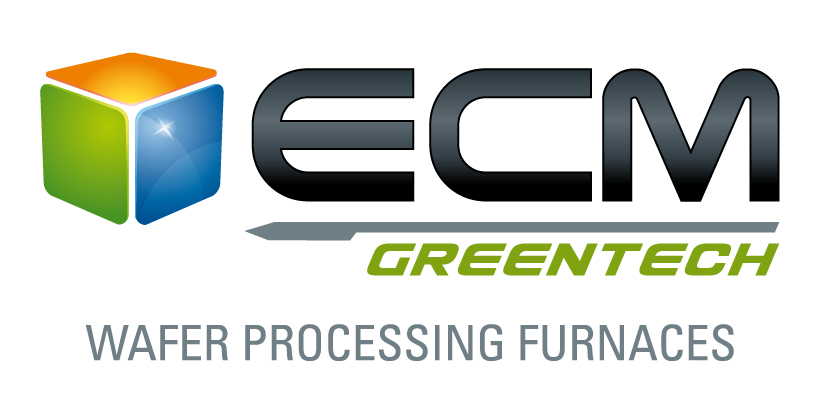



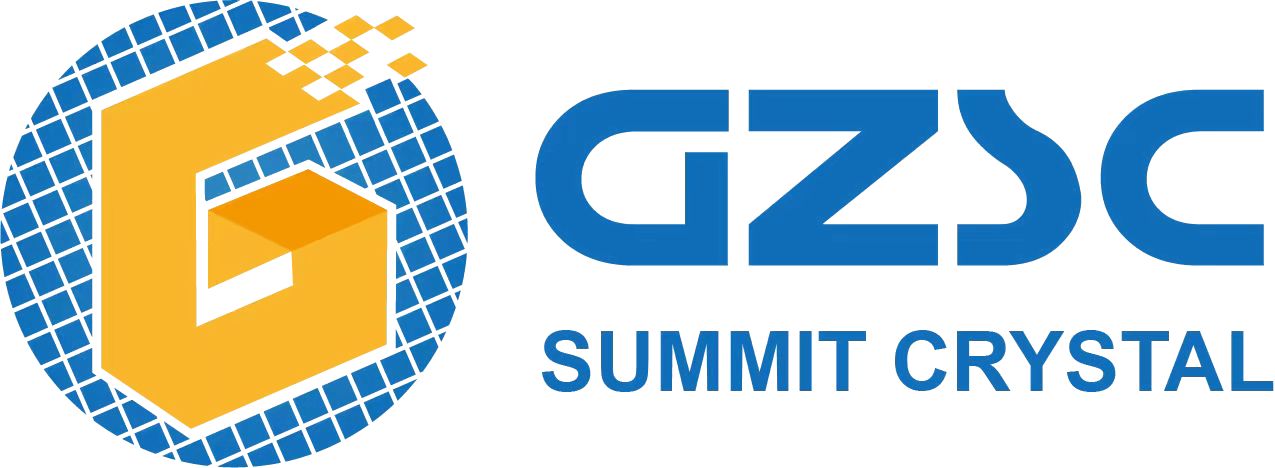


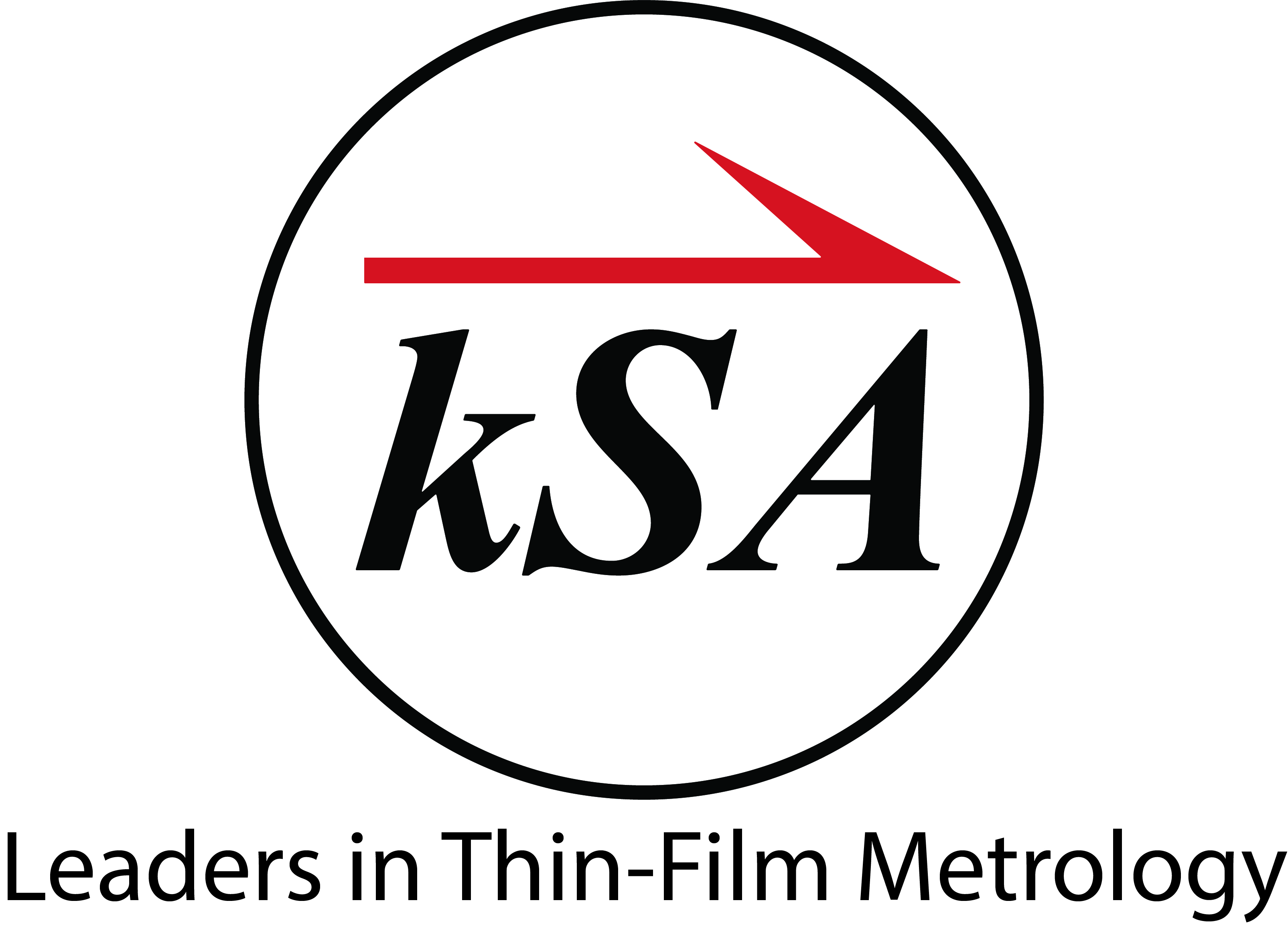

.jpeg)






